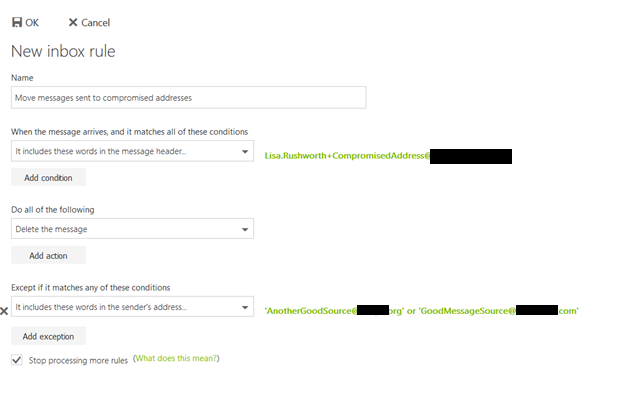All NFL Players ‘Shall Stand And Show Respect’ For Flag And Anthem – Wow! I wish I was an avid football viewer so *not* watching football would be a state change. Hopefully being permitted to stay in the locker room enables players to make their point. If two guys on a team of, what, fifty people aren’t on the sideline you’d never notice. Half only emerge once the anthem is over? That makes a statement too. And someone’s camera would end up in the locker room to cover the protest. Any takers on how long it is before players aren’t permitted to stay off the field after that protest makes news?
‘Show respect’ is a ill defined term too. I assume this is so you don’t have guys standing backwards, but how is hanging back in the locker room playing candy crush *more* respectful than kneeling during the anthem? And for the guys on the field, some dude who was kneeling last season is a little slouchy in his stance, the team still gets fined to avoid a presidential tantrum?
The whole idea of being forced to stand for the anthem seems anathema to the ideals of our country, even if the long history of private employment shows we can be forced into just about anything if we want to continue receiving a pay cheque. The same could be said for being forced to stand and pledge allegiance to the country 180 days a year for thirteen years. Or more – I was rather dismayed to learn that my daughter’s preschool class was taught the pledge of allegiance so they could recite it at their graduation ceremony. Now I’ve got a bit of an Anabaptist philosophy – I don’t much see the point in having someone repeat words or go through a ceremony without *understanding* what they are doing. I avoided children’s clothing with words on it – overkill, yeah, but a six month old baby doesn’t *mean* to say “I just did 9 months on the inside”, “Grandma’s Drinking Buddy”, or make a boob joke, no matter how many people find the messages cute or silly. Until she knew and understood what the shirt said, she got shirts with pictures. Or patterns. Or plain colours. So I asked my kid if the teacher explained what allegiance *is*, or even explained any of the historic principals of the United States. Of course not; they were just given words to recite. Now we’ve had some discussion of the country’s principals and failings – she votes with me two times a year (primaries and general, this is not some admission of voter fraud), we’ve discussed how to affect local, state, and federal laws (and the diminishing influence an individual has as you move from local to state to federal government). But the principals of the Republic for which the flag stands is pretty abstract to convey to a preschooler. And pledging allegiance to a flag? The essence of a nation is not bound up in its cloth banner.
Forced recitations of pledges and vows do nothing to impart knowledge, develop skills, or promote good citizenship. As an intimidation technique, forced declaration of faith and loyalty are not new, although they are generally the hallmark of an insecure society. People do not become more patriotic through such declarations, but being subject to coercion can have the opposite effect.

